#california
Photo

Customer: HAMMER HAS BEEN MY NICKNAME SINCE I WAS 3 YEARS OLD AND I AM SAYING THAT THE TRUCK IS MINE THROUGH THAT NICKNAME
DMV: HAMMER=PENIS
Verdict: DENIED
#California license plate with text HAMMERS#bot#ca-dmv-bot#california#dmv#funny#government#lol#public records
684 notes
·
View notes
Text
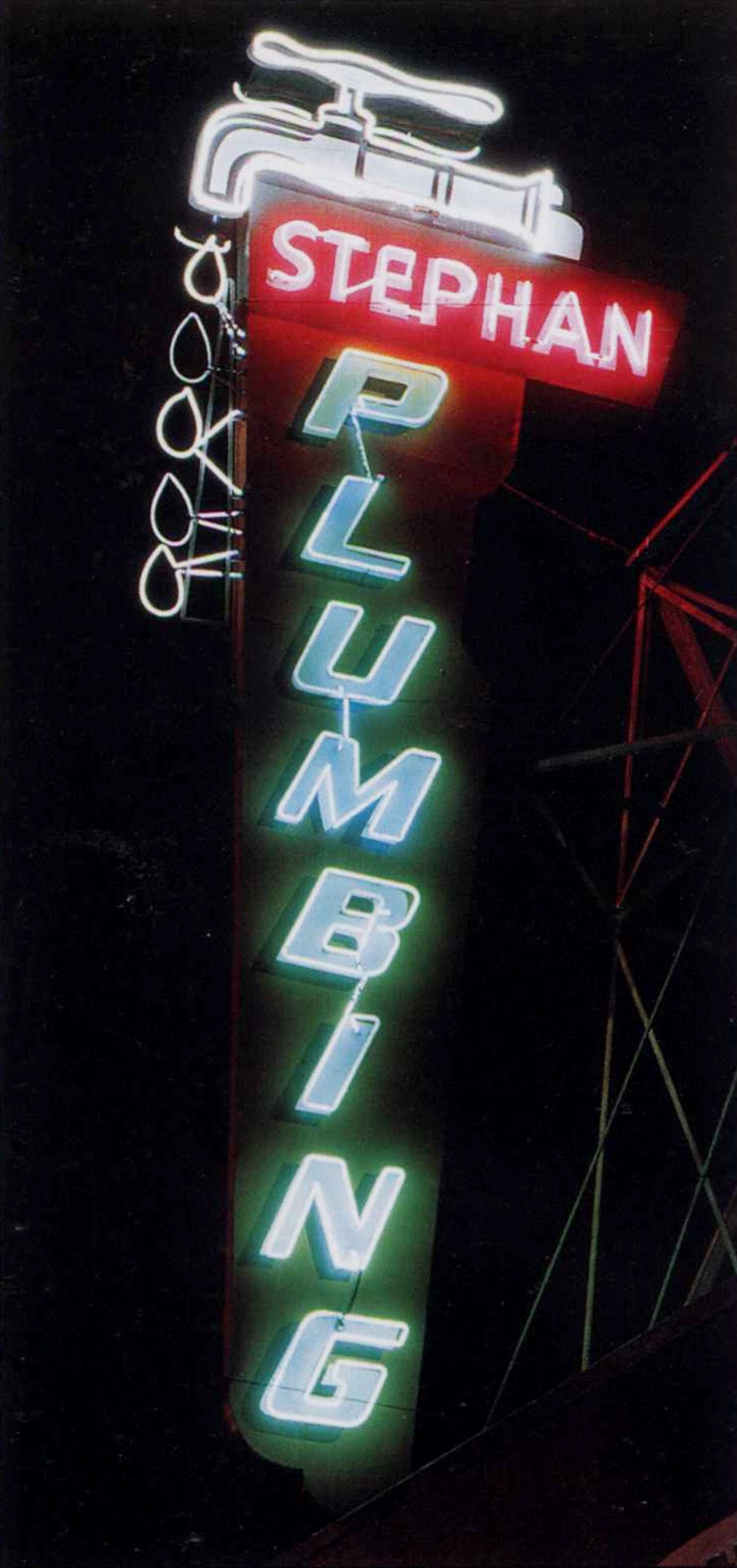
Stephan Plumbing, Los Angeles, California, Photograph: Nigel Cox
#art#design#photography#sign#signs#signage#LA#neon#los angeles#california#Stephan Plumbing#Nigel Cox
41 notes
·
View notes
Text

#california#vintage#i love you#vintage denim#just women#vintageshirt#los angeles#denim#vintagesweats#vintagesweatshirt#Denimporn#native rights#native american
22 notes
·
View notes
Text

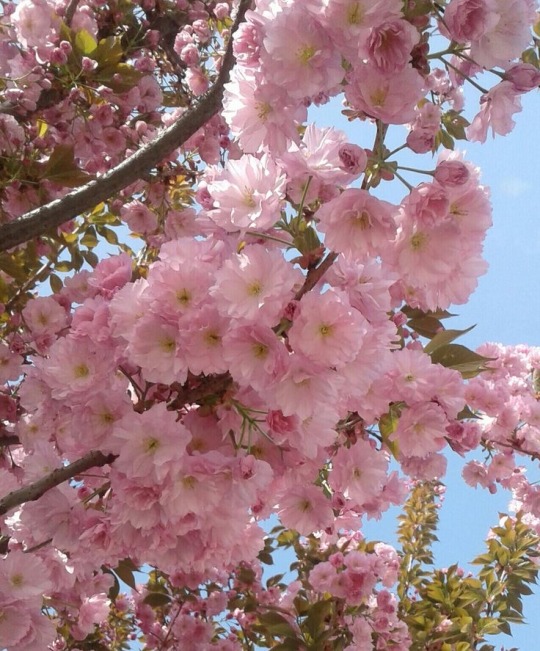
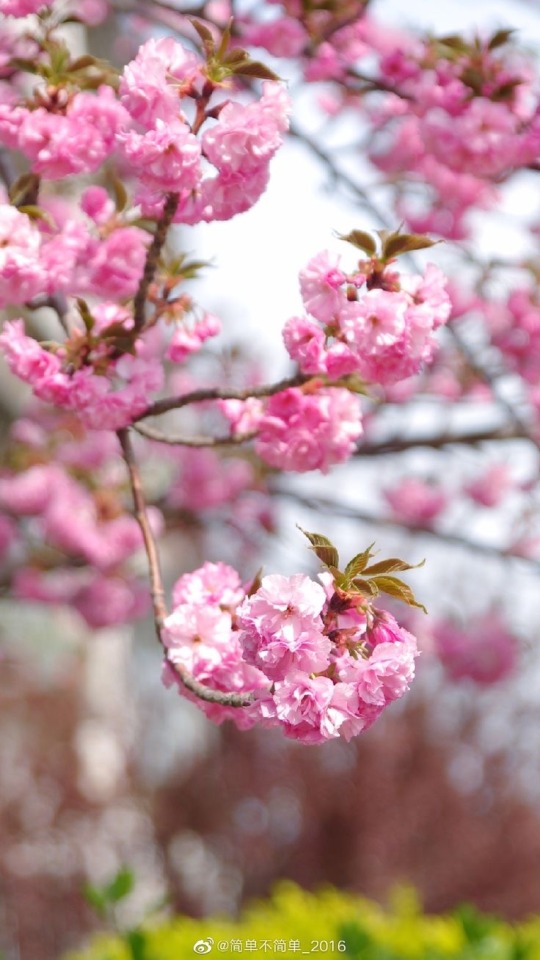

#photographers on tumblr#artists on tumblr#landscape#flowers#cinemagraph#aesthetic#garden#california#gif#los angeles#pastel#foggy#scenery#plants#nature#nature video#roses#gül
24 notes
·
View notes
Text



Nitro from Meow Haven Kitty Rescue in Sunnyvale, California
Click here for more information about adoption and other ways to help!
Click here for a link to Meow Haven Kitty Rescue's main website.
Nitro is a friendly, 8 month old kitten boy who is looking for his forever home! Nitro loves head massages and being showered with loving pets and will show his love by purring up a storm!
Nitro can be a little shy when meeting new people, but with treats, pets, and toys he will soon become your best friend!
Nitro loves to play and isn't picky about toys - he is just as happy chasing a bouncy ball as he is chasing a crumpled ball of paper! You will have so much fun watching him play and run around before settling down for a nap and more pets.
Nitro is neutered, up-to-date on vaccines, deflea'd and dewormed.
20 notes
·
View notes
Text
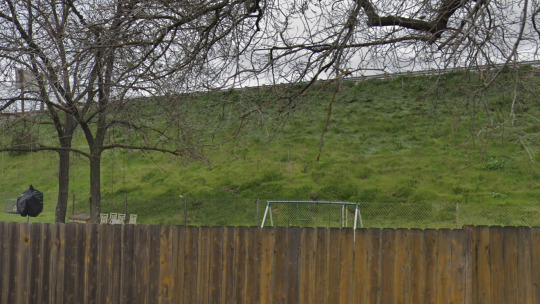
W Fremont St, Stockton, California.
24 notes
·
View notes
Photo

Customer: MY FAVORITE MUSICAL ARTIST
DMV: pulled for death but almost didn’t, it is a band
Verdict: DENIED
#California license plate with text MGADETH#bot#ca-dmv-bot#california#dmv#funny#government#lol#public records
187 notes
·
View notes
Text
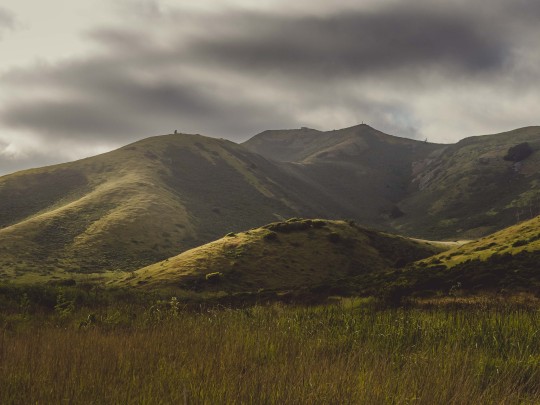
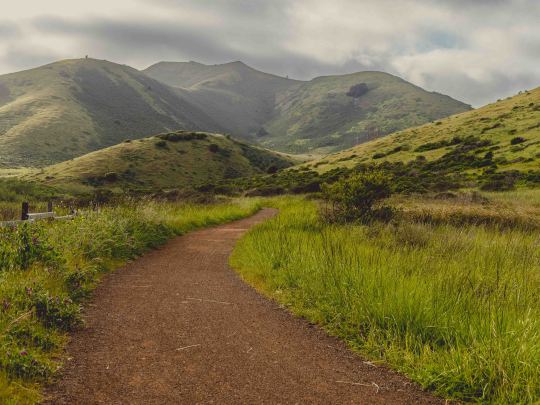

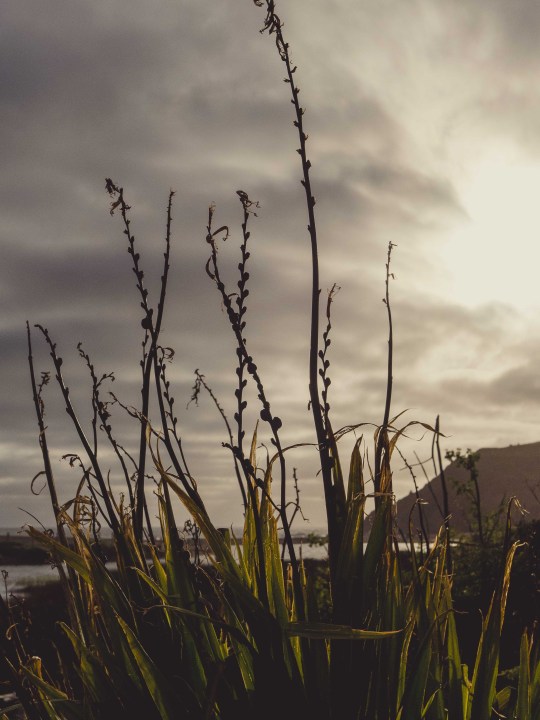

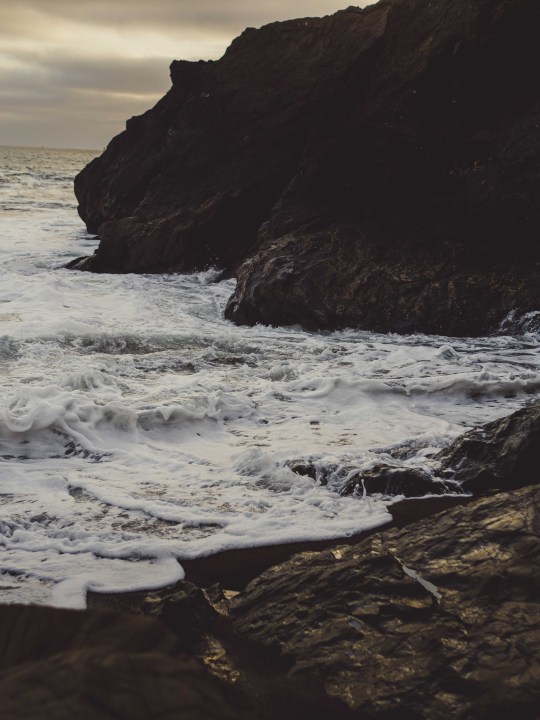
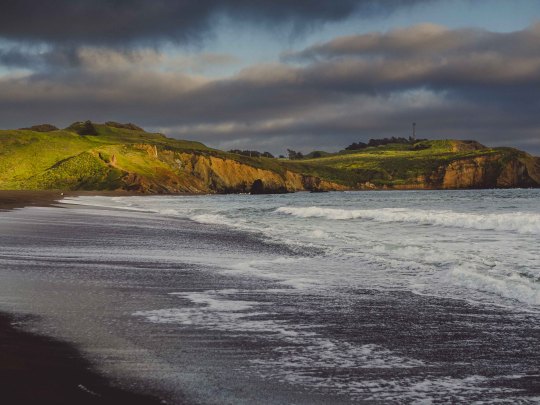
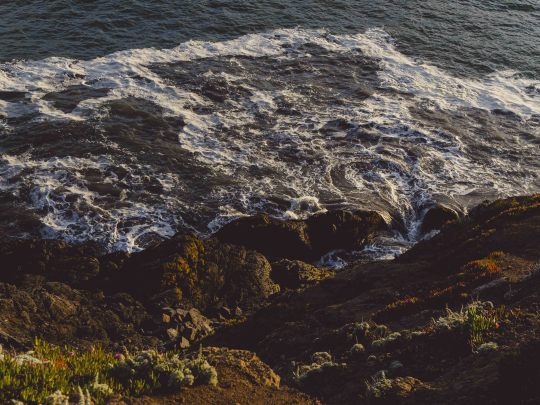

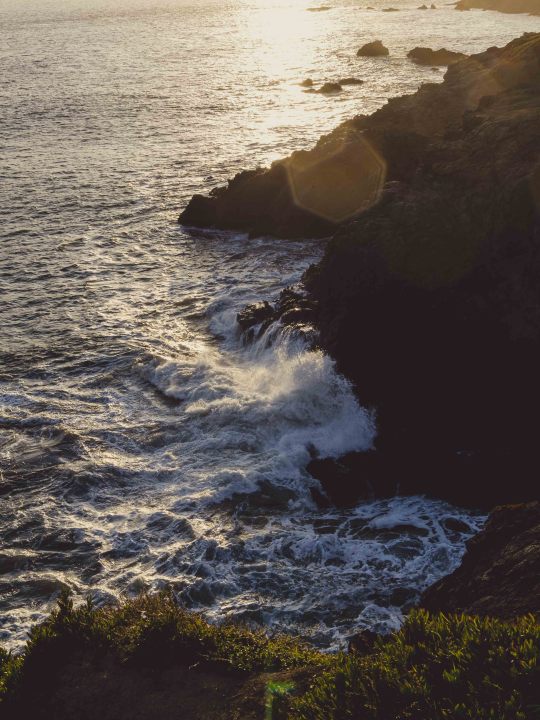
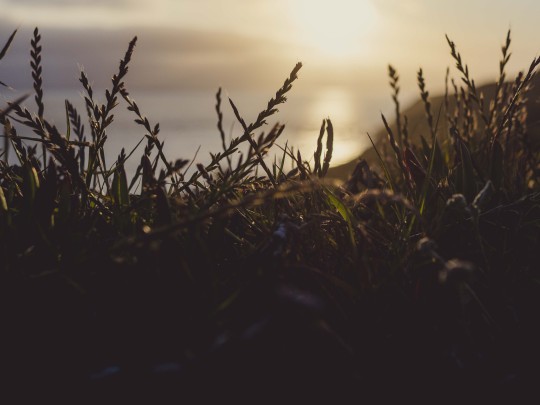

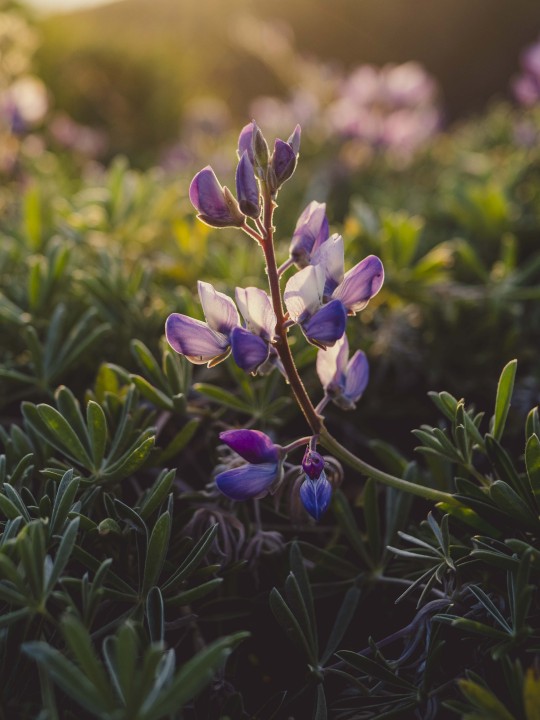

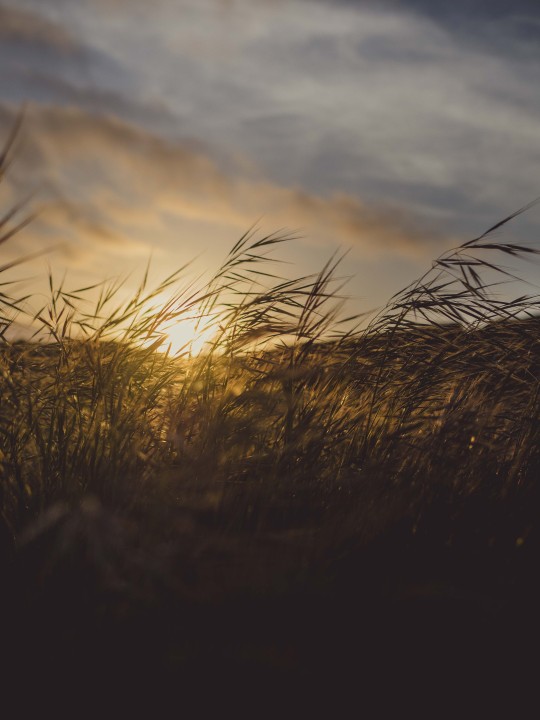
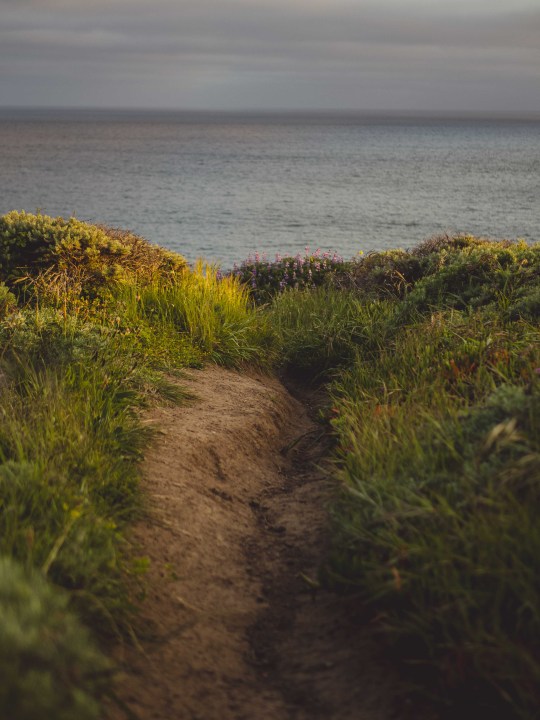

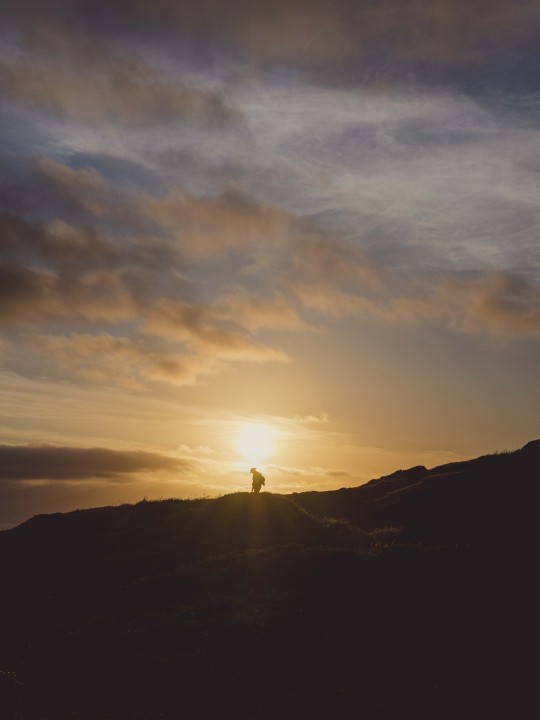

16 notes
·
View notes
Text

#photographers on tumblr#photographers of tumblr#lensblr#photography#original photographers#bay area#norcal#california#march#spring#flowers#garden#aesthetic
22 notes
·
View notes
Text
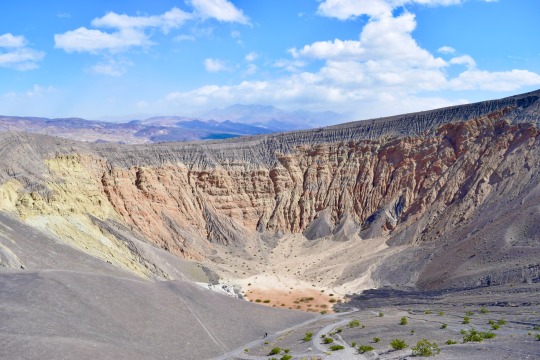

Ubehebe Crater
At the north end of Death Valley sits a small volcanic field. About 2,100 years ago, a body of basaltic magma forced its way to the surface along the Tin Mountain Fault, reaching the surface near the floor of Death Valley.
2,100 years ago, Death Valley was a different place. It more closely resembled the rest of the Mojave Desert's scrubby vegetation, and cooler temperatures allowed for more water to be present across the region. A shallow lake permanently occupied what is now called Badwater Basin, and other marshy regions were found along the length of Death Valley. As the body of basaltic magma rose to the surface, it encountered the significant groundwater deposits present. When lava meets water, explosive things happen.
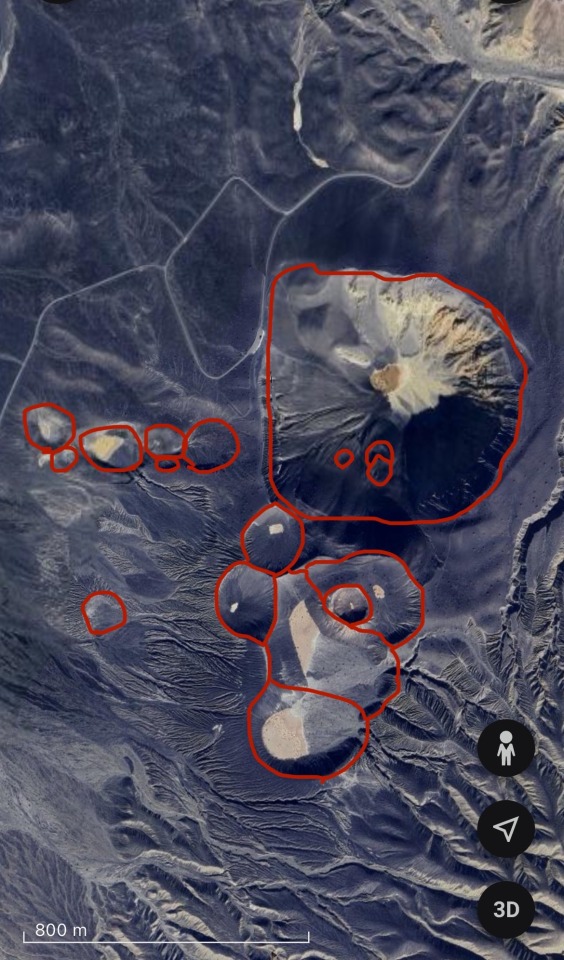
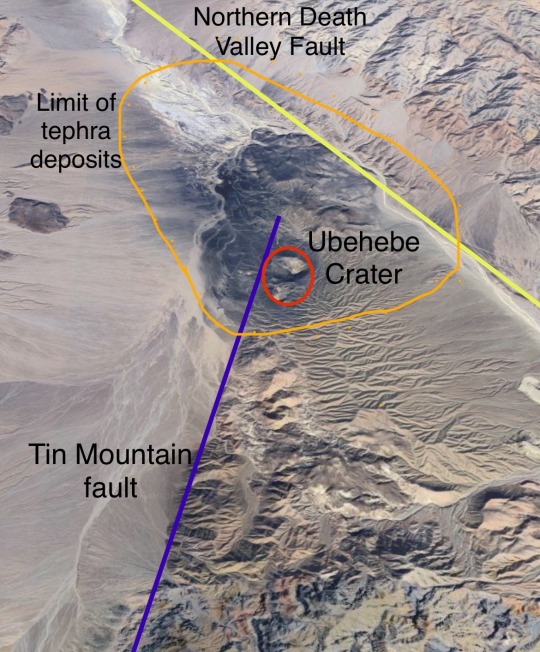
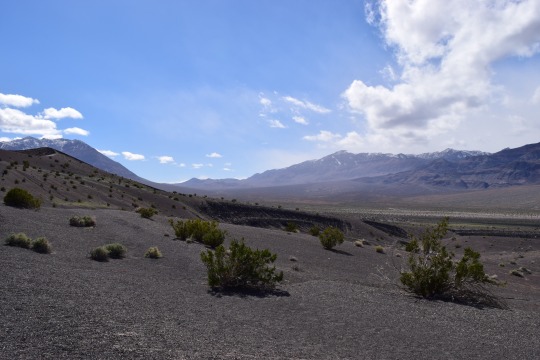
(looking SW along the Tin Mtn. Fault)
A phreatomagmatic eruption occurs when magma encounters water and creates a near-continuous steam explosion. Ubehebe Craters consists of about 15 explosion craters, called maars. These many craters probably all formed about the same time, with the main Ubehebe Crater being the last one formed and therefore not filled with volcanic ejecta and debris. As the steam-magma slurry rose, it blasted through the surrounding rock which is a conglomerate composed of solidified alluvial fans coming off the surrounding mountains. Of the material erupted and thrown across the landscape, only about 1/3 of it is lava! The dark blanket surrounding the volcanic field consists mostly of fragments of this conglomerate baked and altered by its proximity to lava. You can find basaltic cinders with chunks of conglomerate trapped within, often baked orange or white by the heat.
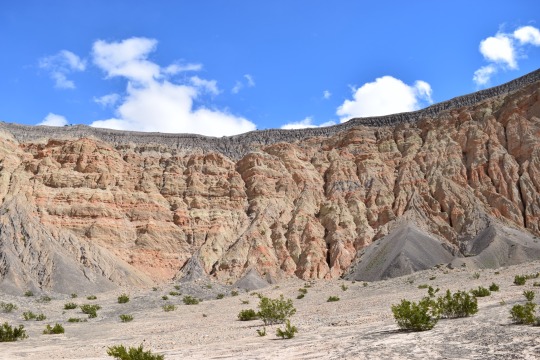
The main Ubehebe Crater is quite large, about 800 m wide (1/2 a mile) and 270 m deep (800 feet). There's a steep and slippery path to the bottom, from which you can get a true appreciation of the size and power available in the inside of a volcano. The surrounding layers of alluvial conglomerate are faulted and cooked, showing that this area has seen some intense geologic activity in its lifetime.


Brown and gray layers show the surge deposits left by individual explosions during the eruptive period which probably lasted between a few days and several weeks. They sit directly atop the preexisting arroyo/bajada/alluvial fan surfaces.
#geology#california#adventures#rocks#bettergeology#photography#death valley#volcano#california geology#mojave desert#nationalpark#eastern california#lava
7 notes
·
View notes
Text

#california#vintage#i love you#vintage denim#just women#vintageshirt#los angeles#denim#vintagesweats#vintagesweatshirt#levi's vintage#vintage levis
10 notes
·
View notes
Text
"The Yurok will be the first Tribal nation to co-manage land with the National Park Service under a historic memorandum of understanding signed on Tuesday [March 19, 2024] by the tribe, Redwood national and state parks, and the non-profit Save the Redwoods League, according to news reports.
The Yurok tribe has seen a wave of successes in recent years, successfully campaigning for the removal of a series of dams on the Klamath River, where salmon once ran up to their territory, and with the signing of a new memorandum of understanding, the Yurok are set to reclaim more of what was theirs.
Save the Redwoods League bought a property containing these remarkable trees in 2013, and began working with the tribe to restore it, planting 50,000 native plants in the process. The location was within lands the Yurok once owned but were taken during the Gold Rush period.
Centuries passed, and by the time it was purchased it had been used as a lumber operation for 50 years, and the nearby Prairie Creek where the Yurok once harvested salmon had been buried.
Currently located on the fringe of Redwoods National and State Parks which receive over 1 million visitors every year and is a UNESCO Natural Heritage Site, the property has been renamed ‘O Rew, a Yurok word for the area.
“Today we acknowledge and celebrate the opportunity to return Indigenous guardianship to ‘O Rew and reimagine how millions of visitors from around the world experience the redwoods,” said Sam Hodder, president and CEO of Save the Redwoods League.
Having restored Prarie Creek and filled it with chinook and coho salmon, red-legged frogs, northwestern salamanders, waterfowl, and other species, the tribe has said they will build a traditional village site to showcase their culture, including redwood-plank huts, a sweat house, and a museum to contain many of the tribal artifacts they’ve recovered from museum collections.
Believing the giant trees sacred, they only use fallen trees to build their lodges.
“As the original stewards of this land, we look forward to working together with the Redwood national and state parks to manage it,” said Rosie Clayburn, the tribe’s cultural resources director.
It will add an additional mile of trails to the park system, and connect them with popular redwood groves as well as new interactive exhibits.
“This is a first-of-its-kind arrangement, where Tribal land is co-stewarded with a national park as its gateway to millions of visitors. This action will deepen the relationship between Tribes and the National Park Service,” said Redwoods National Park Superintendent Steve Mietz, adding that it would “heal the land while healing the relationships among all the people who inhabit this magnificent forest.”"
-via Good News Network, March 25, 2024
#indigenous#land back#indigenous issues#first nations#native american#indigenous peoples#yurok#yurok tribe#national parks service#national park#redwoods#california#trees#trees and forests#united states#good news#hope#indigenous land
4K notes
·
View notes
Photo
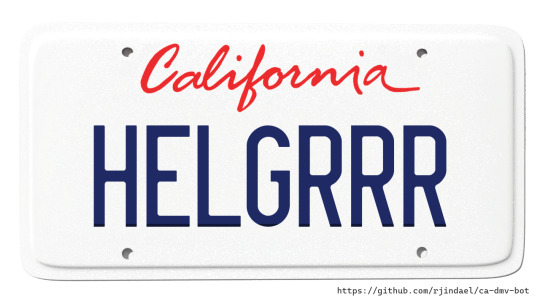
Customer: THE NAME OF THE CAR
DMV: pulled for Hell, no Hellcat. Has a VW
Verdict: ACCEPTED
#California license plate with text HELGRRR#bot#ca-dmv-bot#california#dmv#funny#government#lol#public records
132 notes
·
View notes
Text
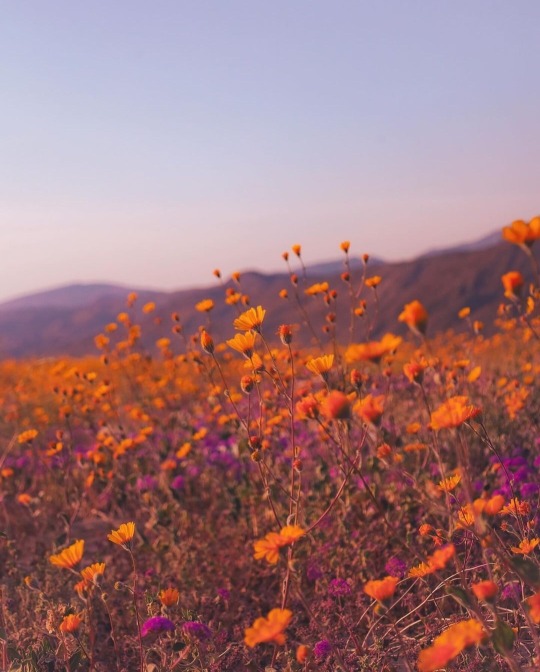
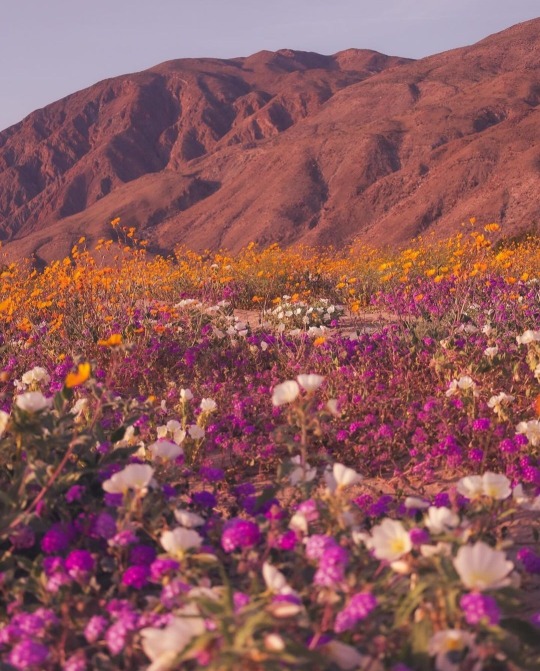
by desertarrowphotography
#desert#flowers#flowercore#wild flowers#superbloom#scenery#landscape#aesthetic#nature#naturecore#photography#california#spring#curators on tumblr#up
4K notes
·
View notes
Text

#photographers of tumblr#photographers on tumblr#lensblr#photography#original photographers#bay area#norcal#california#march#spring#flowers#roses#rosecore#garden#aesthetic
22 notes
·
View notes
Text
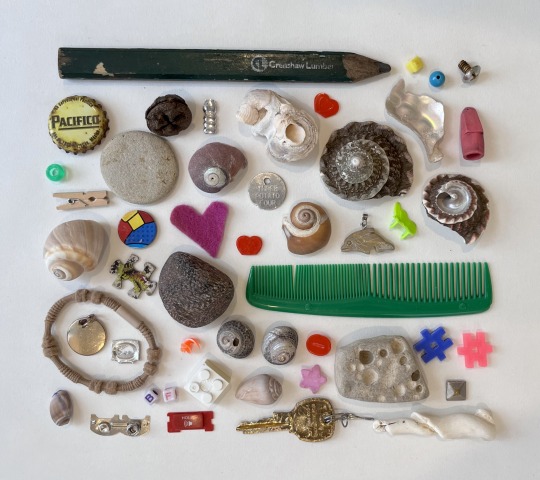
things found on the ground during my California road trip
favorite finds: a stone dolphin pendant found at the San Diego Zoo and a mysterious charm reading “Three Potato Four” from the streets of San Francisco
#mine#crowcore#found objects#shinies#trinkets#gremlincore#collection#california#i want to know the story behind three potato four!!!#like is it a cat collar tag for a cat named three potato four…. iconic
2K notes
·
View notes